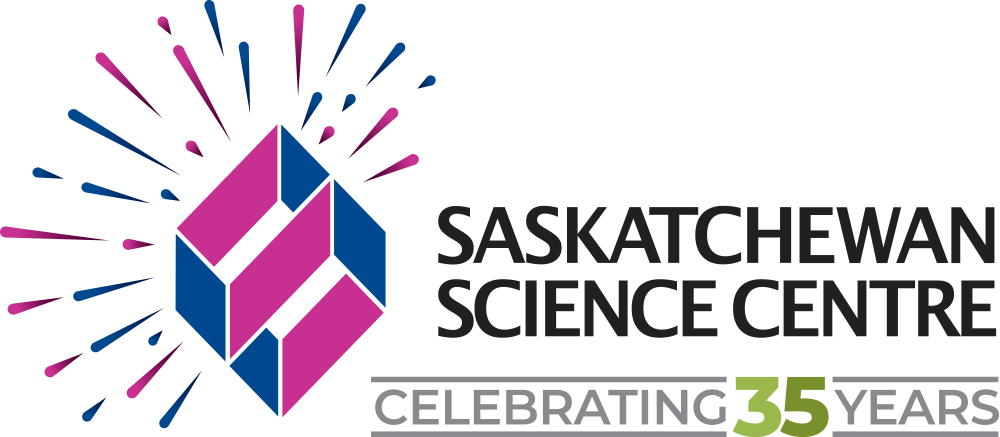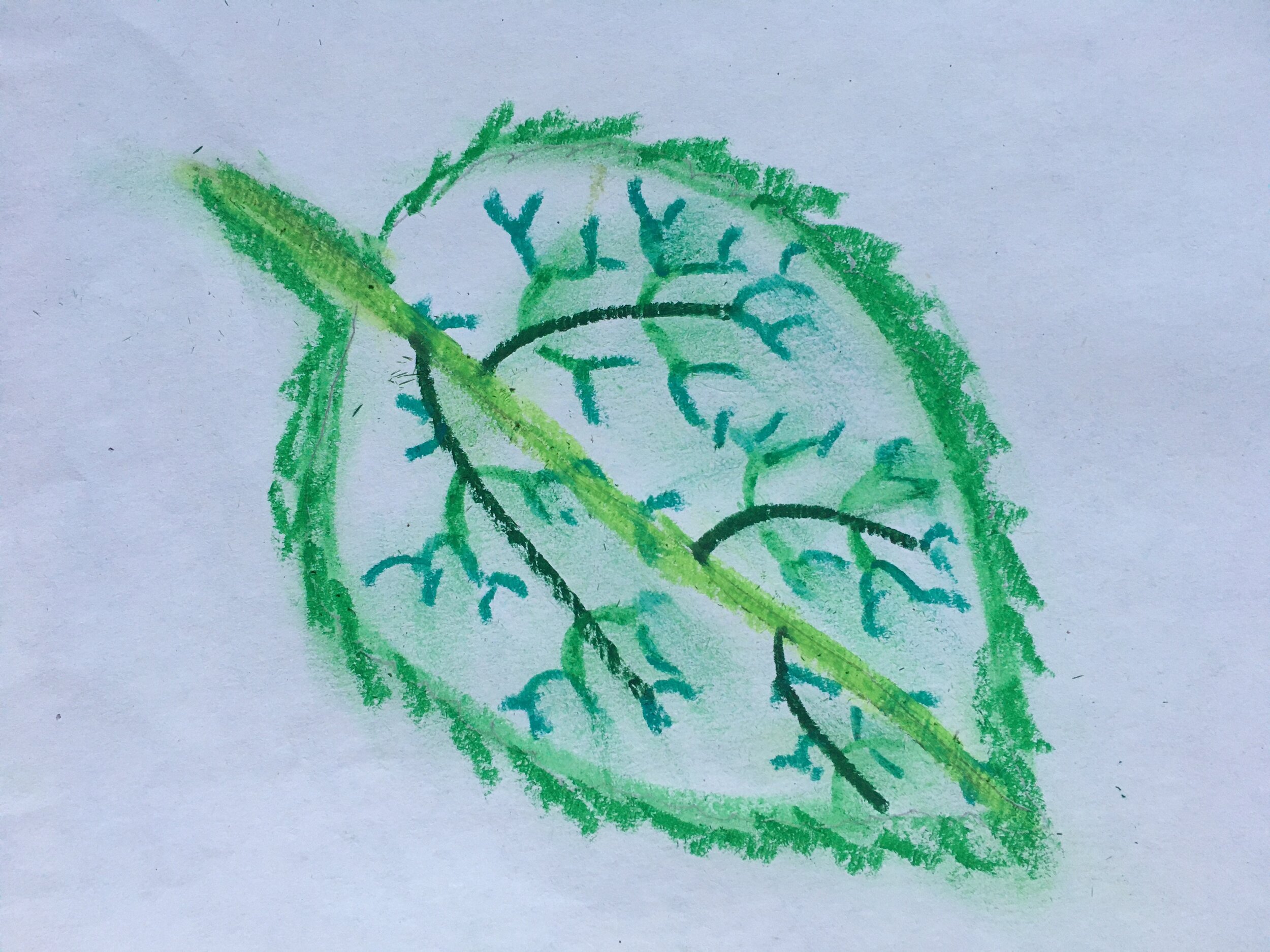
The Saskatchewan Science Centre Online! Check out our hilarious and educational web series “SSCTV”, find downloadable resources, explore other cool science links, and tune into the live BUBOCam!
Ask Sally Science - Friction
This week Sally has yet another great question to answer- what is friction?
Sally has yet another great question to answer - what is friction?
Sally Science answers! Do you have a question to Ask Sally Science? Tag us on your favorite social media platform, or send an email to rholota@sasksciencecentre.com!
Loving this content? Make a donation to the Saskatchewan Science Centre!
#letssciencethis #SaskScienceCentre #AtHomeWithCASC #ScienceChampions #ScienceAtHome #realsciencerealfun
Elements R Us With Tommy Tungsten - Lithium
What is so special about Lithium that makes it near and dear to the people at Elements R Us?
Lithium might be negatively charged, but it has a great attitude. In addition, it has some special powers that make Lithium near and dear to people at Elements R Us.
Ask Sally Science - The Fire Triangle
Brixton has a great question for Sally - How does fire work, and how does a fire get bigger?
This week Sally is asked a great question: How does fire work, and how does a fire get bigger?
Sally Science answers - it's all about the Fire Triangle!!
Loving this content? Make a donation to the Saskatchewan Science Centre!
#letssciencethis #SaskScienceCentre #AtHomeWithCASC #ScienceChampions #ScienceAtHome #realsciencerealfun
Elements R Us With Tommy Tungsten - Boron
Learn more about this amazing element with Tommy Tungsten and you'll find that there's nothing boring about boron!
Boron is a chemical element with the symbol B and an atomic number of 5.
Learn more about this amazing element with Tommy Tungsten and you'll find that there's nothing boring about boron!
Loving this content? Make a donation to the Saskatchewan Science Centre!
#letssciencethis #SaskScienceCentre #AtHomeWithCASC #ScienceChampions #ScienceAtHome #realsciencerealfun
Fractals: Math is Written in the Leaves
Find math in fractals that are in leaves and many other natural elements. A fractal is a never-ending geometric pattern.
We often don’t think about math when we see a leaf from a tree. However, we can see math in fractals found in leaves and many other natural elements. A fractal is a never-ending geometric pattern. In a fractal, a pattern is repeated in the same way, appearing as smaller and smaller versions.
What you need:
Paper
Crayons or pastels
Pencil
Any leaf of your choice
What you do:
Begin by taking a walk outside in nature. Find a few leaves that have fallen. Look for a few leaves from different types of trees if you can, so that you have leaves of different shapes and colors.
Make observations. Pick one of the leaves and look it over carefully, observe the lines or veins in the leaf. Locate the vein in the middle of the leaf paying attention to how it divides the leaf in half.
Now look for the veins that branch off from the centre. Do you see the way the veins branch off into tinier branches? Those branch-offs are called fractals.
Now look a bit closer at the first level of fractals. Do you see veins that break off into a second level of fractals? There are probably a lot of these. Can you see a difference in the veins?
If you observe even closer, do you see more veins? There is a third level of fractals that are even smaller. How many levels can you see?
Create your Own Fractals
Trace the leaf on to a piece of paper using a pencil. If the leaf is small, try drawing a larger scale version of the leaf. Make the edges, points and curves of the outside of the leaf.
Inside the leaf, draw the centre line using the crayons or pastels. Look at your leaf again and start to add the first level of fractals to your leaf. Extend these fractals from the centre line. Continue to add fractals, branching off the veins. There may be too many to capture in your drawing but add as many as you can.
Use different colors to make each fractal level. If using pastels, try smudging the lines to create an interesting effect.
Explanation:
Fractals occur in many places in nature. For example, the tree from which the leaf fell is full of fractals. If you look at a tree, you will see a shape the looks like a Y. This simple shape repeats itself within a branch, into another branch, and into the full shape of the tree.
Fractals are not only a series of lines but also any shape or object that repeats. The shape is made of smaller versions of itself, breaking apart into smaller and smaller versions of the same shape.
Where else do we see branching fractals in the world around us? Lightning is an excellent example of fractal. Each bolt branches out making a pattern as it goes toward the ground.
What about on our bodies? Our lungs are a good example of fractals. The blood vessels in your lungs are similar to those branching Y shapes you saw in the tree.
Take it Further:
Fractal geometry is an important branch of mathematics. It has connections to many different types of sciences and math, including computer graphics. When on your nature walk, look at structures made by humans, do you see any fractals?
Fractals are also used in art. Jackson Pollock used fractal to create some of his most famous art work. Find images of some of his work and see if you can find the fractals. You can also try to make your own Pollock fractal paintings.
Loving this content? Make a donation to the Saskatchewan Science Centre!
#letssciencethis #SaskScienceCentre #AtHomeWithCASC #ScienceChampions #ScienceAtHome #realsciencerealfun









